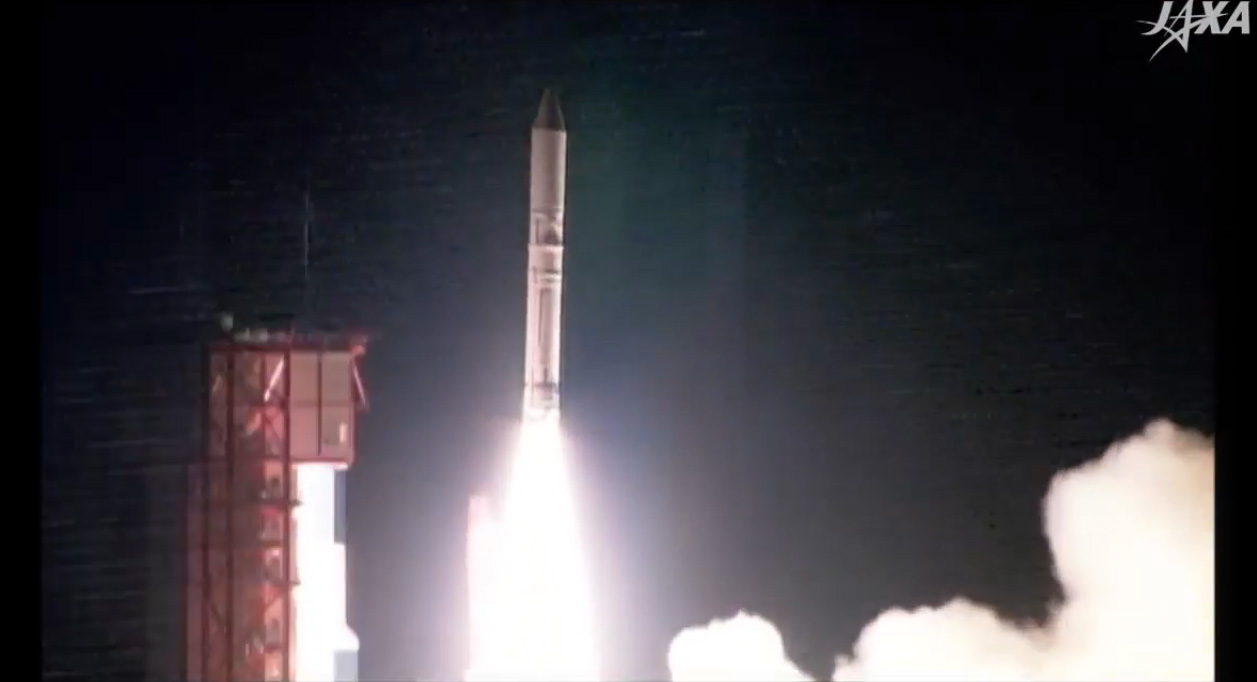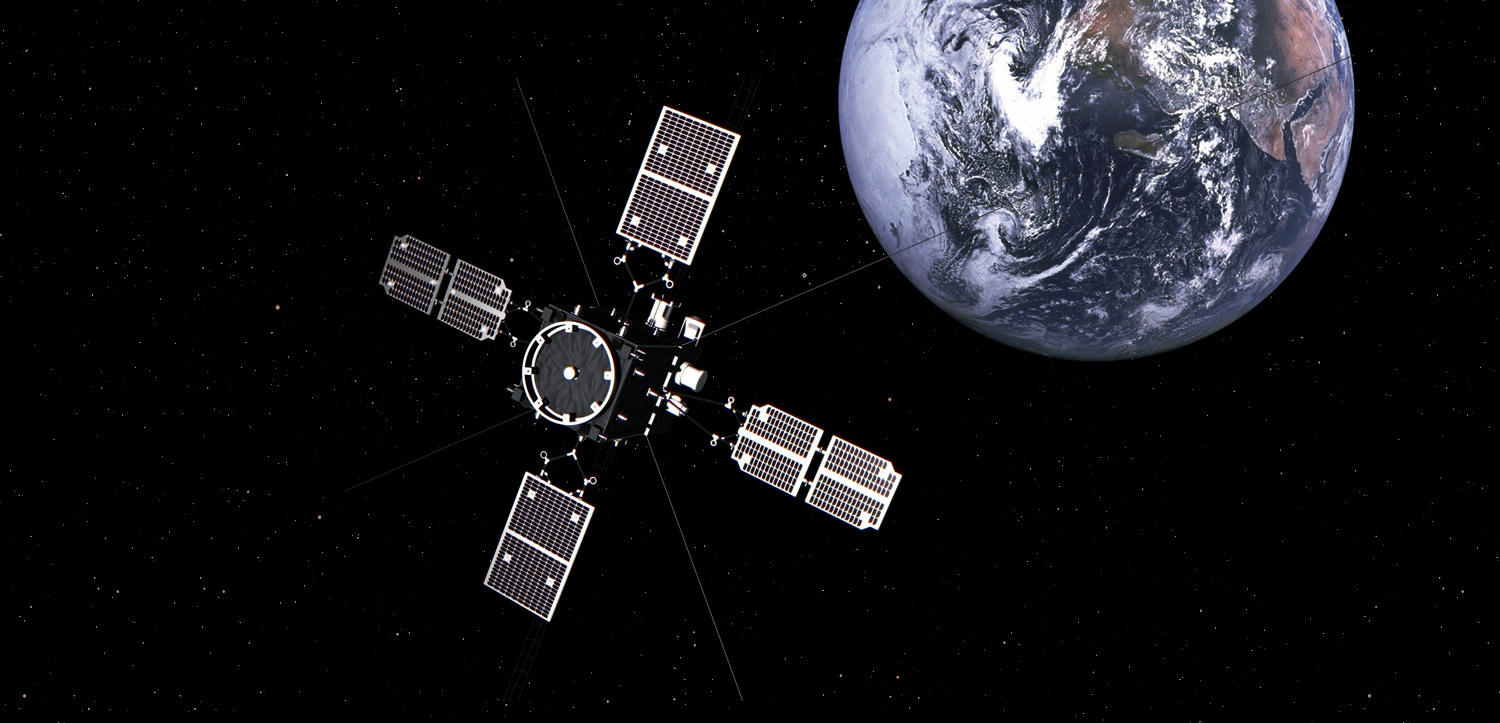
A Japanese spacecraft designed to help scientists better understand the radiation environment of near-Earth space has made it to orbit.
The Exploration of energization and Radiation in Geospace satellite, or ERG, lifted off atop an Epsilon rocket from Uchinoura Space Center in southern Japan today (Dec. 20) at 6 a.m. EST (1100 GMT; 8 p.m. local Japan time).
If all goes according to plan, ERG will set up shop in a highly elliptical orbit, getting as close to Earth as 215 miles (350 kilometers) and as far away as 18,640 miles (30,000 km). This path will take the 780-lb. (355 kilograms) satellite through the Van Allen radiation belts, where the planet's magnetic field has trapped huge numbers of fast-moving electrons and other particles. [Japan's Epsilon Rocket for Small Satellite Launches in Pictures]
These particles can damage the computer systems aboard satellites and pose a radiation danger to astronauts, Japan Aerospace Exploration Agency (JAXA) officials said.

ERG's purpose "is to reveal how these high-energy electrons are accelerated and created, and how space storms develop," JAXA officials wrote in an ERG fact sheet. "ERG will make a comprehensive observation of the electrons and ions near the equatorial plane in geospace, which is thought to be the area where the acceleration of such electrons is occurring."
The satellite will use nine different instruments to do this work, over the course of a mission designed to last at least one year.
Today's liftoff marked the second launch for Japan's Epsilon rocket, and the first for the vehicle's "enhanced" variant. The first liftoff, of the original Epsilon version, occurred in September 2013.
Get the Space.com Newsletter
Breaking space news, the latest updates on rocket launches, skywatching events and more!
The 85-foot-tall (26 meters) Epsilon is capable of lofting 3,300 lbs. (1,500 kg) to low-Earth orbit. The rocket is designed to launch scientific satellites at an affordable price; the first Epsilon launch cost about 3.8 billion yen, or $32.4 million at current exchange rates, JAXA officials have said.
Follow Mike Wall on Twitter @michaeldwall and Google+. Follow us @Spacedotcom, Facebook or Google+. Originally published on Space.com.
Join our Space Forums to keep talking space on the latest missions, night sky and more! And if you have a news tip, correction or comment, let us know at: community@space.com.

Michael Wall is a Senior Space Writer with Space.com and joined the team in 2010. He primarily covers exoplanets, spaceflight and military space, but has been known to dabble in the space art beat. His book about the search for alien life, "Out There," was published on Nov. 13, 2018. Before becoming a science writer, Michael worked as a herpetologist and wildlife biologist. He has a Ph.D. in evolutionary biology from the University of Sydney, Australia, a bachelor's degree from the University of Arizona, and a graduate certificate in science writing from the University of California, Santa Cruz. To find out what his latest project is, you can follow Michael on Twitter.









